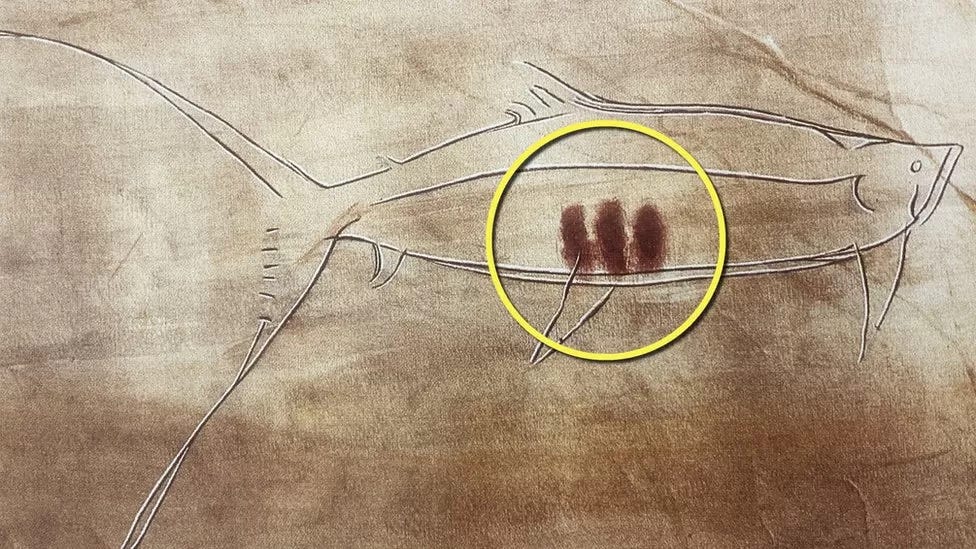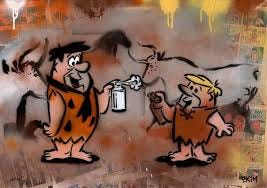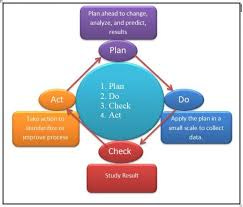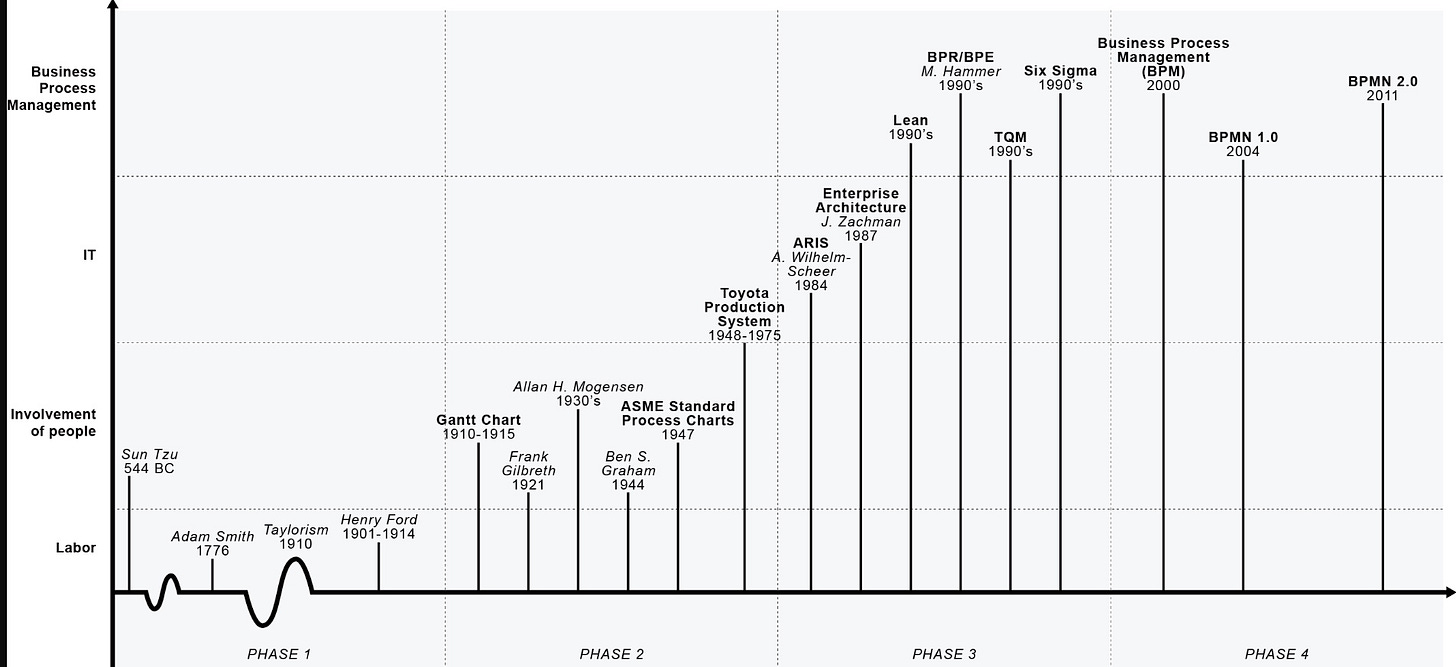The Process Management (r-)evolution in Chapters
Chapter 1: Connecting history with the future of process intelligence
Whether cave paintings really represented an early attempt at process mapping, a crude way to to create a shopping list or religious symbolism and an artistic representation of an idealised reality 40’000 years ago is debatable and food for thoughts for a lot of expert discussions.
Scientists in the early 20th century interpreted the paintings as utilitarian magic or as a way to anticipate, a forward-looking imagination, of activities like hunting and associated dangers and learn about them ahead.
Perhaps they were a vehicle for shamans to draw power from the painted images during ritualistic activities as some experts stipulate.
Recent analysis by amateur archeologist Bennet Bacon in 2022, along with a team from the University of Durham developed a novel theory that patterns of dots, forks and lines in some cave paintings could have served a different, not yet studied, purpose.
The team around Bennet Bacon discovered that the patterns in paintings may have represented fertility cycles and seasonality of reproduction of key prey and depict a lunar calendar or a type of timekeeping mechanism in addition to simple animal paintings, hunting scenes and other more descriptive actions.
Cave paintings therefore, can be assumed having served as a code for mental -memory travel beyond acting as references for adoration, shamanism or decorative art.
These wall paintings may have carried important information through symbols, effectively encoding knowledge and serving a purpose to:
”capture and transmit memories of events in a snapshot, layered with additional insights (through the symbols and lines) to enable learning”
In vivid pictures, i can imagine how a group of stone age people, let’s call them the Lascaux band, mapped scenes of their every-day life through graffitis on their cave walls under the dim light of torches, perhaps debating about best practices to find and execute a big kill and Karen Lascaux sharing observations about animals and how they reproduce and Bob Lascaux including some hero story about a legendary bison hunt with the band brothers to contextualise the picture for their kids who just happened to smudge one of the wet paintings with ochre-coloured hand prints…a scene which could have repeated in similar forms throughout centuries before the dawn of agriculture and people leaving caves.
It certainly supported the creation of a culture where people cared to apply their intelligence, improve their lives and leave a lasting legacy for others.
Coming back to the initial question about the purpose of cave paintings… latest analysis may indeed point at an early form of process writing, and in my view a possible ignition of process management, albeit in rupestrian and relatively archaic forms, and the ability of people to project the future and continuously improve it but….
the evolutionary path from cave paintings to business processes as used today, didn’t evolve in one massive leap and process mapping would be only a starting point….
Business process mapping as part of process management, like the cave paintings of the stone ages, establishes a common view in companies on a given set of activities and events in a current or future state.
Process mapping builds a reference to effectively improve activities by including information such as:
potential inputs including resources, machines, tools, budget and people needed to start and execute activities
an expected sequence of events with a start & end and performance
definition of results or outputs & therefore an intended outcome of an activity
and with that enable
a way to illustrate and create visibility of a process and communicate knowledge
enabling a possibility to project important events or time considerations
a starting point for continuous improvement
a view of people’s own role during events or processes
but mapping alone wouldn’t suffice as a way to manage processes and as a static approach of the past lacked a more comprehensive perspective combining the Plan / Do / Check / Act (PDCA) view of the Deming’s cycle with a proactive philosophy of process lifecycle management and with continuous improvement methodologies embedded.
..the evolution of Process Management needed to progress over a longer period of time
from simple imagination of steps and actions to complete a goal to a discipline supporting the achievement of business strategies by professionalising methodologies to discover, analyze, map, execute, track and monitor business processes in a structured and standardised manner.
All with the main aim to organise activities and deliver a goal in the most effective manner and build consistency of results in customer satisfaction, quality, cost and time.
Process management had to evolve from a description and a snapshot of process maps to a continuous competitive advantage for enterprises to adapt, build excellence and with that secure a competitive advantage and agility to remain relevant with machine and computer-system supported business models.
The main evolutionary shifts in process history and therefore the evolution to a professional discipline of process management can be clustered in 4 main phases :
Phase 1: the early Industrial Age (up to early 1900)
starting with analogies drawn from Sun Tzu’s military strategies to business excellence in operations, specialisation of labor and task productivity with the rise of Taylorism and the cost reduction and efficiency focus with Henry Fords theories of mass-production and process innovationPhase 2: Process Standardisation & Management (up to late 1970’s)
including the development and institutionalization of methods such as Gantt and ASME published process documentation guidelines, machine supported record-keeping and the introduction of Quality Management , Continuous flow ie Toyotas Production System
Phase 3: Process Engineering & Improvement (roughly around the 1980/90’s)
evolving process management through a focus on integrated process & enterprise architecture models, high times for Lean / Six Sigma and other process improvement methodologies and the frenzy of Business Re-engineering (M. Hammer), ERP & end-to-end processes, best practices and the start of process excellencePhase 4: Business Process Management (after the 2000)
adding a continuous process transformation philosophy to support organisational effectiveness and excellence and a possibility to asses and adapt business models supporting global businesses leveraging electronic notation and system-logic.
and…more recently with the rise of Process Mining & Process Intelligence i would dare to add a new phase:
Phase 5: Digital Process Intelligence (since the 2010ers)
Starting with Process mining and the ability to create a digital map of processes and eclipsing in a possible paradigm shift by leveraging AI-driven discovery to power continuous process excellence and automation.
In summary, business process management has evolved from a 2-dimensional snapshot representing human life and activities, potentially securing survival through shared learnings and accelerated its evolution alongside the industrial age to hit now a potential tipping point and revolutionary movement on how we think about work leveraging the best of technologies to build better experiences through a combination of human and artificial intelligence (AI).
“Sometimes you have to look back in order to understand the things which lie ahead” - (quote Yvonne Wonn) -
and in this series of post about the process management (r)evolution, i am looking to onboard you to a journey where we explore the connection between Bob and Karen Lascaux’s cave paintings with Taylorism, Michael Hammer’s BPR and the future started by Willem von Aalst and shed light on the history of business process management in chapters and a projection on the latest shifts happening with process mining / intelligence & automation towards work intelligence.
What’s your reaction to this article ? Share any thoughts on the evolution of process mapping and process management.
Is this of interest to you?
Connect with me on LinkedIN to follow my posts on Digital Transformation, Process Automation and other cool topics around Digital Procurement i talk about.






